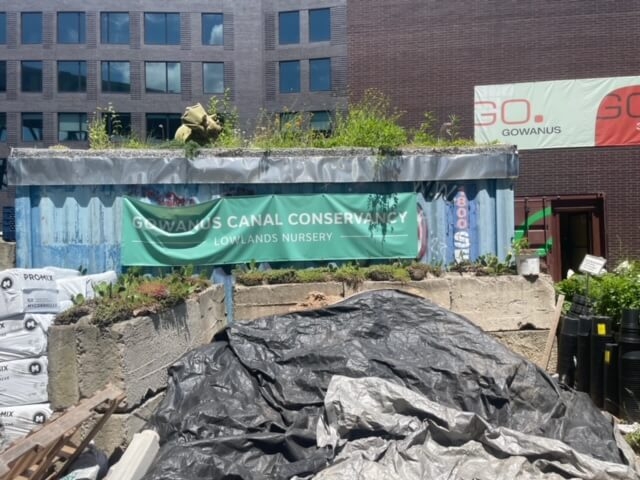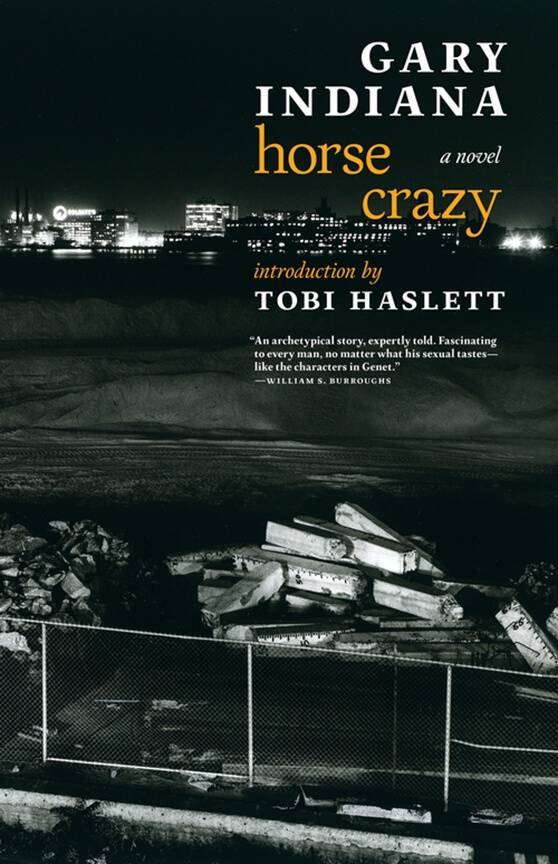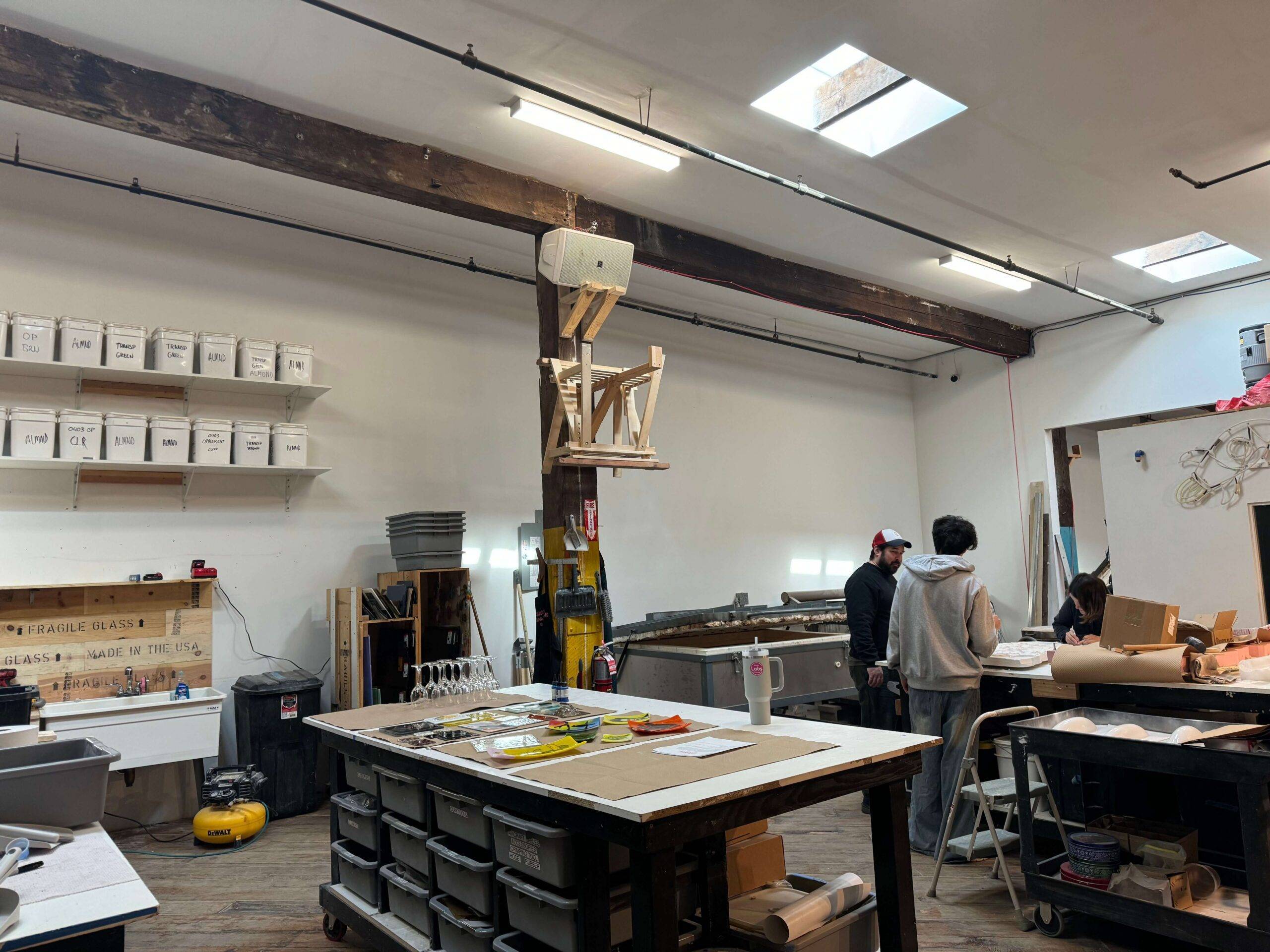I attended a tour of the new Lowlands Nursery, located by the Smith and 9th Street subway given last month by the Garden Train, a District 15 volunteer organization that was founded in 2017 and is made up of public school parents, school staff, and community partners
They believe that all students deserve a school garden and advocate for school gardens citywide. They work with together with the Gowanus Conservancy (GCC, which was founded in 2006 with the mission of “caring for ecologically sustainable parks and public spaces in the Gowanus lowlands while empowering a community of stewards.”
“We are always looking to get more people involved,” said Kathy Park Price of Garden Train. “As students graduate so do parents and volunteers, so we’re always looking to get the word out and have events like this one to get more people involved.”
Aurelia Casey, youth programs senior manager for the GCC led the tour. She started with an explanation of the history of the Gowanus Lowlands including the fact that this is an area which experiences lots of flooding.
“The plants here do well with high precipitation and they are native to North America,” Casey said. “Examples include common, swamp, and butterfly milkweed.”
The Lowlands Nursery used to be located at the Salt Lot on Second Avenue but as part of the Gowanus Superfund clean-up, the lot was slated for a combined sewer overflow retention tank and new bulkheads.
Those changes at the Salt Lot meant the Lowlands Nursery had to move which is how it ended up on 9th St.
During the opening part of the tour, we were sitting under what appeared to be a see-through ceiling which Casey explained was actually a rain-harvesting system in which the water would go down the sloped roof of the structure and down the sides and be collected. The GCC is starting a composting system in the Lowlands Nursery and there was also a green roof in another area of the garden.
“The roof used to have prickly pear cacti on it but they were not thriving because there was too much rain for them,” Casey said. “Now the roof is filled with black-eyed Susans as well as other pollinator plants which are doing better with more precipitation.”
Many native plants are planted in the nursery and all of them are labeled and include pictures of fully grown versions. The labels teach people about the plants and can inspire planpotential gardeners.
“My advice is to make sure you’re growing plants that will thrive in the conditions they’re growing in,” Casey said. “Here we have a lot of precipitation so we’re growing plants that thrive when they get a lot of rain. I also recommend getting the soil tested. A lot of people say they don’t have green thumbs and it may just be the soil that’s the problem. If the soil is good, you have the right type of plants for the climate they’re in, and you take care of them, they will grow.”
In addition to the smaller plants, there were also mulberry trees and everyone on the tour was encouraged to try some of the ripe berries. A few people were concerned about the soil given the proximity to the Gowanus Canal and pollution from cars and trucks passing by the area, but the soil was already tested and deemed safe.
In addition to seeing the Nursery, the tour also included a short walk to Sixth Street, where there were a series of rain gardens. The rain gardens included native and non-invasive introduced plants that do well with high precipitation. In addition to looking pretty, they help prevent flooding and also collect litter which can then be removed.
The Lowlands Nursery is open Thursday and Saturday from 11 am – 4 pm and it is a great spot to check out this summer. Additionally, those interested in getting involved with Garden Train can reach out by going to the New York City Public School Gardens Network.










